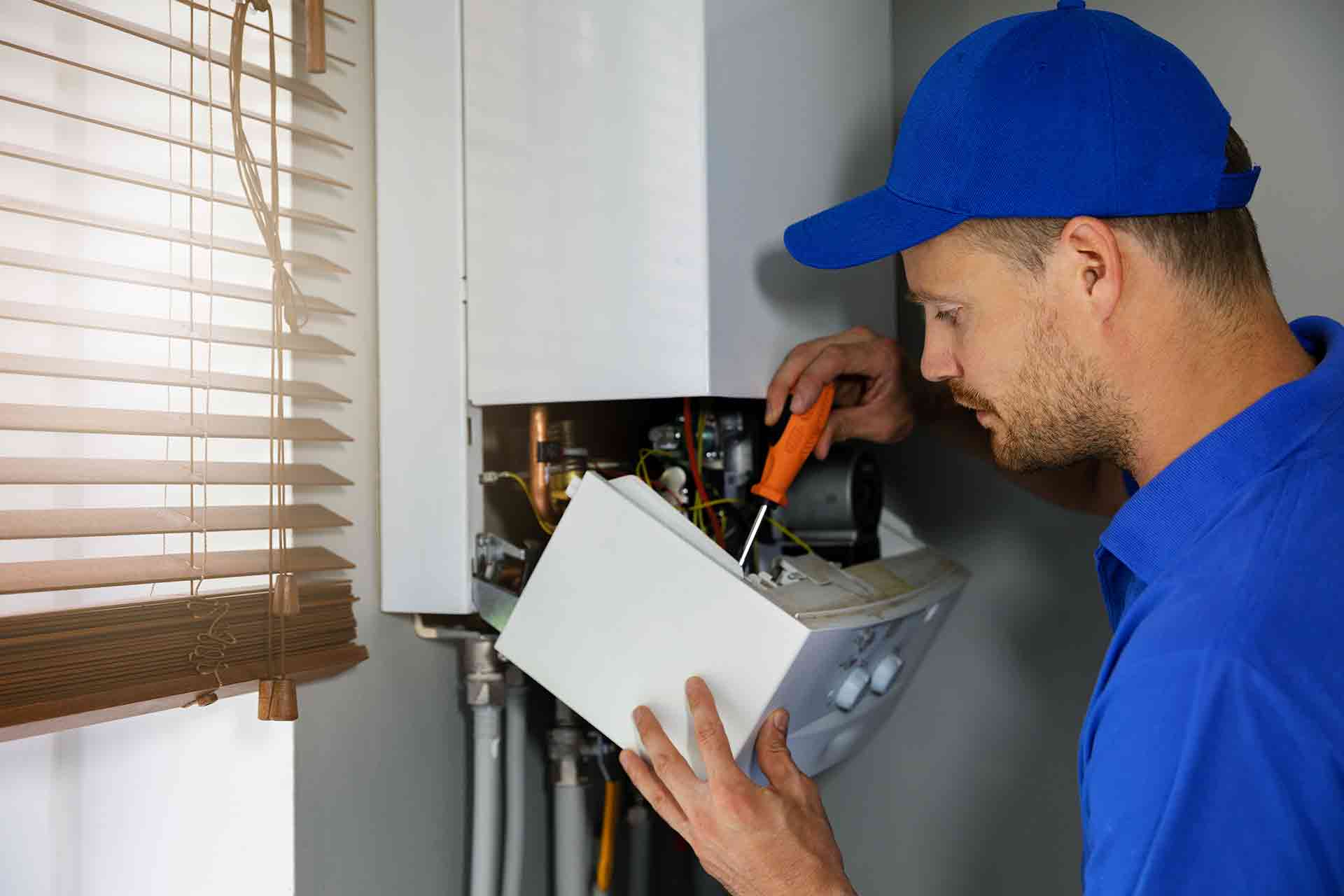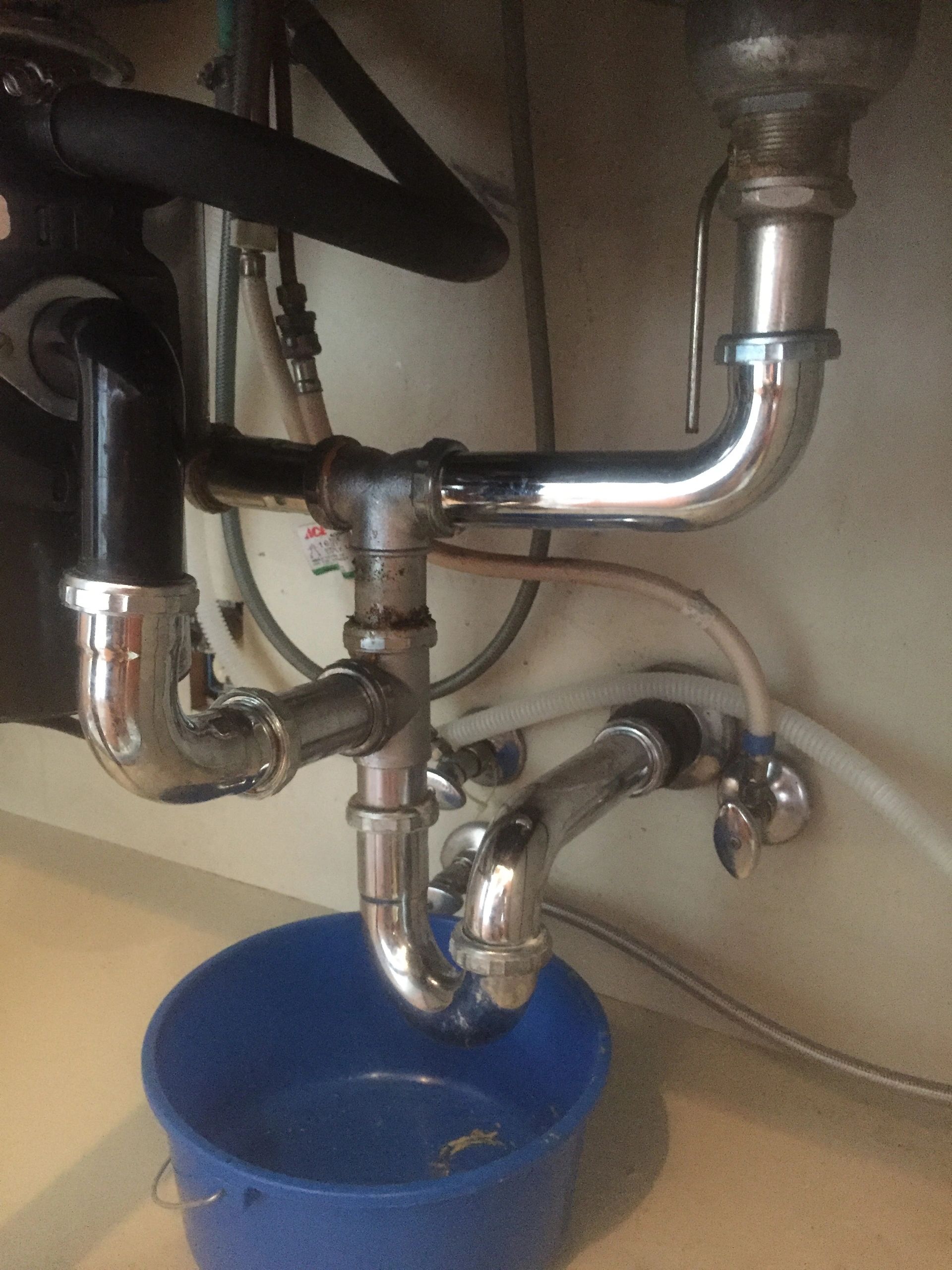Solving Plumbing Issues in Rental Properties: A Step-by-Step Guide
Solving Plumbing Issues in Rental Properties: A Step-by-Step Guide
Blog Article
We've unearthed this article involving How to Handle Plumbing Issues in Your Rental Property listed below on the net and accepted it made perfect sense to share it with you in this article.

Managing plumbing concerns in rental homes efficiently is vital for maintaining renter satisfaction and protecting the building's worth. Whether you're a landlord or a home supervisor, understanding just how to address these typical troubles can conserve you time and money while guaranteeing conformity with legal responsibilities. Below's a step-by-step overview on just how to handle plumbing issues in rental buildings.
Paper Everything
Keep thorough documents of all reported pipes problems and the activities required to resolve them. Paperwork must consist of days, summaries of the trouble, interaction with tenants, and receipts from professionals or plumbing technicians. This details can be critical for insurance claims, tax reductions, and lawful security.
Usage Qualified Professionals
Constantly utilize accredited and insured experts for considerable plumbing repair work and setups. This guarantees that the work is up to code and can help avoid liability concerns in case of crashes or more damages. It likewise assures occupants that repair services are being managed skillfully.
Establish Clear Communication
Urge lessees to report any kind of plumbing issues as soon as they take place. Supply several communication channels such as phone, email, or a tenant site to make it simple for them to reach out. Prompt feedbacks to these records can avoid minor issues from escalating right into significant problems.
Educate Lessees
Inform your renters concerning what comprises a plumbing emergency situation and what does not. Supply guidelines on how to take care of minor issues themselves, such as making use of a plunger to unblock a bathroom. Also, educate them concerning what they ought to stay clear of taking down drains to stop clogs, such as oil, coffee grounds, and non-biodegradable things.
Routine Maintenance
Carry out a routine upkeep schedule for all pipes systems in your leasing properties. Normal checks can help recognize and deal with concerns like leaks, slow drains pipes, or rusty pipelines before they become major. Think about employing an expert plumbing professional to evaluate the properties annually or semi-annually.
Quick Reaction to Emergencies
Have a plan in place for responding to plumbing emergencies. This should include having the contact information of dependable pipes solutions that supply 24/7 emergency situation fixings. Quick activity is important to lessen damages in circumstances like burst pipes or severe leakages.
Preventive Upgrades
Take into consideration updating older pipes systems and fixtures to much more modern, efficient models. This can lower the regularity and extent of plumbing issues and reduced lasting maintenance costs. It's also a marketing factor for prospective renters who value upgrades and modern-day attributes.
Occupant Move-Out Inspections
Conduct extensive plumbing checks throughout move-out examinations to make sure that any type of issues are recognized and attended to before a brand-new renter relocate. This protects against conflicts with new lessees over pre-existing problems and guarantees the property remains in top problem.
Understand Lawful Responsibilities
Recognize your lawful responsibilities pertaining to plumbing and basic residential property maintenance. The majority of territories require property managers to guarantee their residential properties are habitable and that all pipes systems are in good working order. Failing to address significant issues without delay can result in lawsuits from renters.
Lessee Compensations
If a pipes problem requires immediate focus and the renter resolves the problem by themselves, have a clear policy in position for reimbursing costs. Make sure tenants understand they need to obtain previous authorization for higher-cost repair work unless it's an outright emergency.
Final thought
Taking care of plumbing problems in rental properties needs a positive approach and good interaction with lessees. By staying on top of maintenance, reacting without delay to emergencies, and using competent specialists, proprietors can keep their homes in superb condition and maintain great connections with lessees.
How to Handle Water Damage in a Rental Property
What is Water Damage?
Water damage is harm or destruction caused by water entering areas where it is not supposed to be. It can be caused by a variety of sources and can manifest in different ways. The most common examples of water damage include:
Leaking roof Plumbing leaks Appliance malfunctions Poor drainage Flooding Sewage backup Condensation Tenant negligence HVAC system issues Frozen pipes Is water damage dangerous?
Water damage itself is not inherently dangerous, but it can lead to various hazards and health risks if not promptly and properly addressed. The severity of these risks depends on the extent of the water damage, the source of the water, and how quickly it is mitigated.
Some potential dangers associated with water damage include structural damage, mold and bacterial growth, electrical hazards, water contamination, and pest infestations. In situations where mold and mildew have gone unaddressed, mold can start to develop within 24-48 hours of water exposure, and this can impose a serious health risk to tenants. In particular, mold spores and damp conditions can lead to respiratory issues and even make existing health problems worse, such as allergies, asthma, or immune disorders.
Water Damage in an Apartment - Who is Responsible?
If the water damage is caused by the tenant’s negligence, the tenant is responsible for the cost of repairs. If the water damage is caused by a defect in the property, the landlord is responsible for the cost of repairs. If the water damage is a result of natural causes, such as excessive rain, then the landlord is responsible, since the water intrusion likely occurred due to a defect in the property. Landlord Responsibility water damage in rental property
Since maintaining habitability is the landlord’s legal responsibility, landlords are responsible for any resulting structural damage caused by water damage. These structural damages may include damage to walls, roofs, ceilings, and flooring. If water damage has affected the rental property’s original structure, the landlord is responsible for repairing or replacing those materials. Therefore, landlords should have property insurance that covers the structural components of their rental property so that they can receive help with the costs of covered events.
Preventative measures can also help landlords avoid massive renovations. Preventative maintenance may include conducting regular inspections to identify and address potential water damage before it becomes a major and urgent problem.
If a landlord fails to meet their responsibilities regarding water damage, it can lead to legal disputes and potential liability. Tenants who believe their landlord is not addressing water damage issues in accordance with California law can seek legal advice or contact local housing authorities for assistance.
https://www.goodlifemgmt.com/blog/water-damage-in-a-rental-property/

I discovered that blog entry about while exploring the search engines. Sharing is caring. Helping others is fun. I appreciate your readership.
Report this page